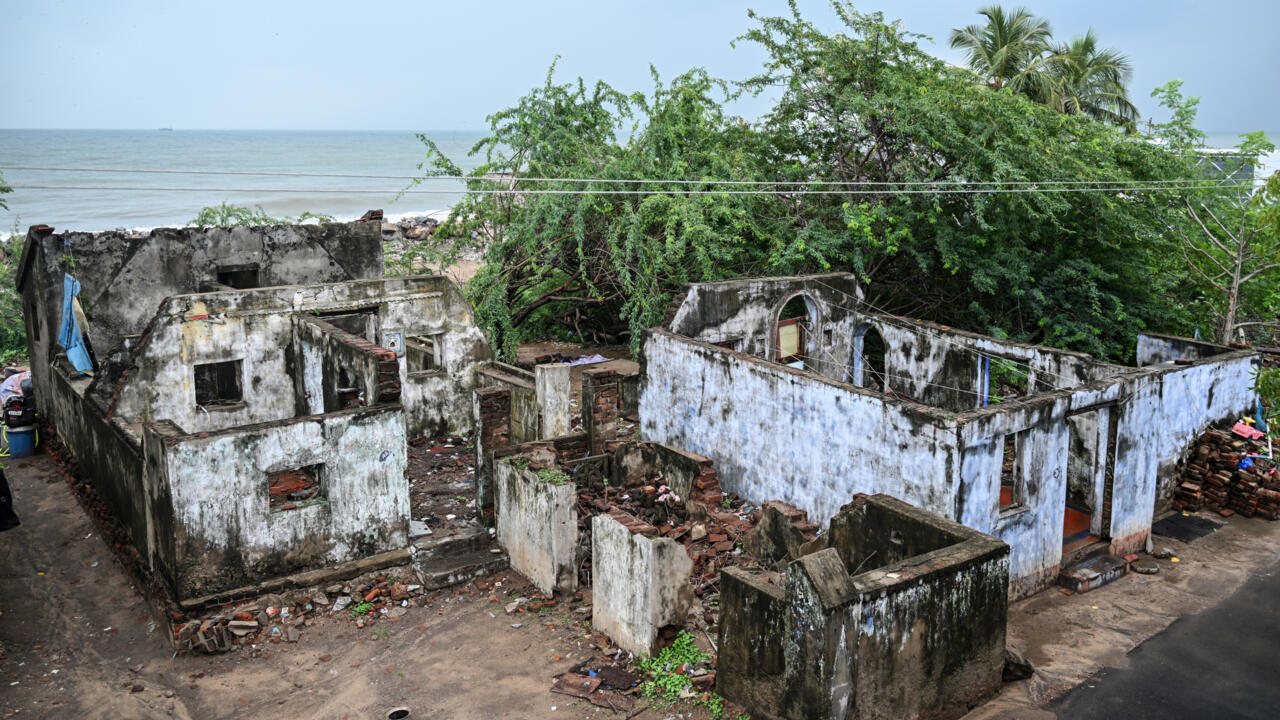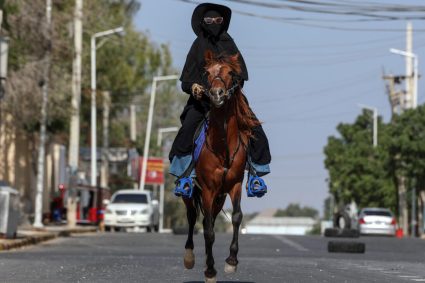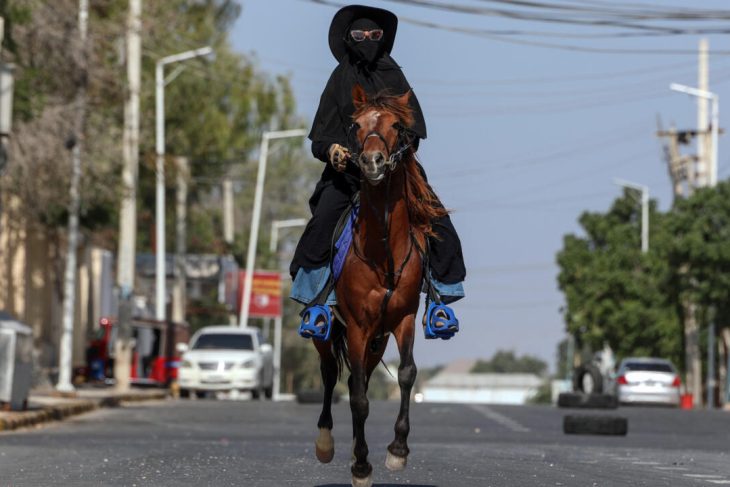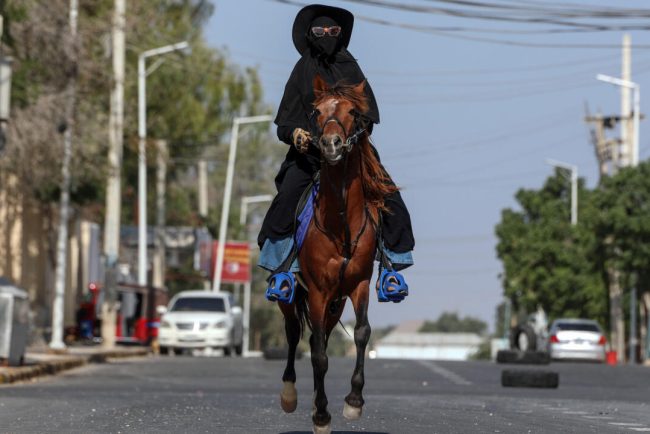
Lakshmi showed a photograph of her daughter Yashoda, who her father had been looking after for the day next door when the waves struck.
“She would have been 22 years old now,” Lakshmi said tearfully.
The 45-year-old remembers people getting swept away or holding on to whatever they could.
“Some people were naked or barely had any clothes left on them,” she said.
The tsunami also hit the chain of Andaman and Nicobar islands, where at least 4,000 people were killed. The victims included 109 Indian air force pilots, crew and around 40 of their relatives.
At least 870,000 people were left homeless in India.
Many, like Lakshmi, were moved to new settlements inland.
Their neighbour, fisherman P. Mohan, 46, said weather alerts still gave him shivers of fear.
“If I see some warning about the weather, I do not even step out of the house,” he said.
“Until the rains or cyclone — whatever is the warning — comes and goes away, I am very afraid.”
‘Cannot control nature’
Mohan had a rod put into his leg after being injured in the tsunami, which also killed his mother.
Neighbours had last seen her sitting beside the sea when the waves hit.
He could not identify her from the “swollen and disfigured” corpses laid out for identification in the days after the tsunami.
“Was she buried along with other people who could not be identified? Is her body still in the sea?” he asked. “I do not know.”
A few friends told him that they might have seen his mother’s body amid other unidentified corpses.
It took him a decade to fully accept her loss and hold symbolic final rites.
A seawall made of concrete and bricks of homes destroyed by the tsunami now divides land from water.
Villagers hold prayers each day at a temple to a Hindu deity believed to protect them from the sea.
But Mohan said he now simply accepted his fate.
“God cannot control nature,” he said. “What has to come, will come.”
© 2024 AFP



















